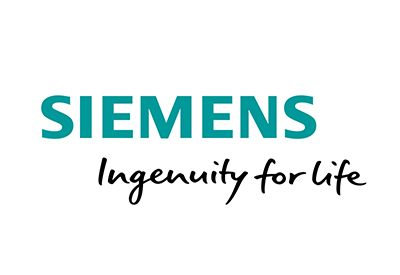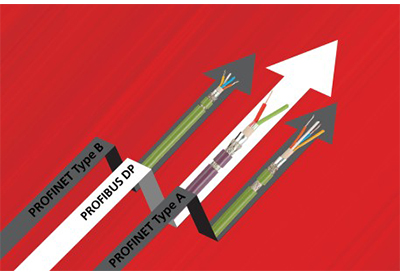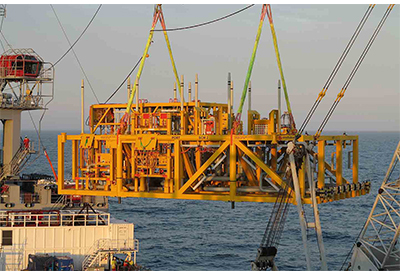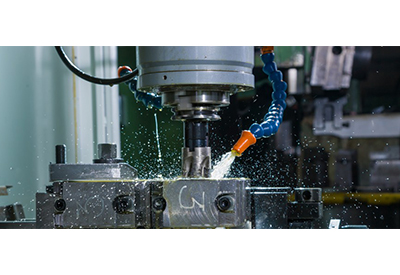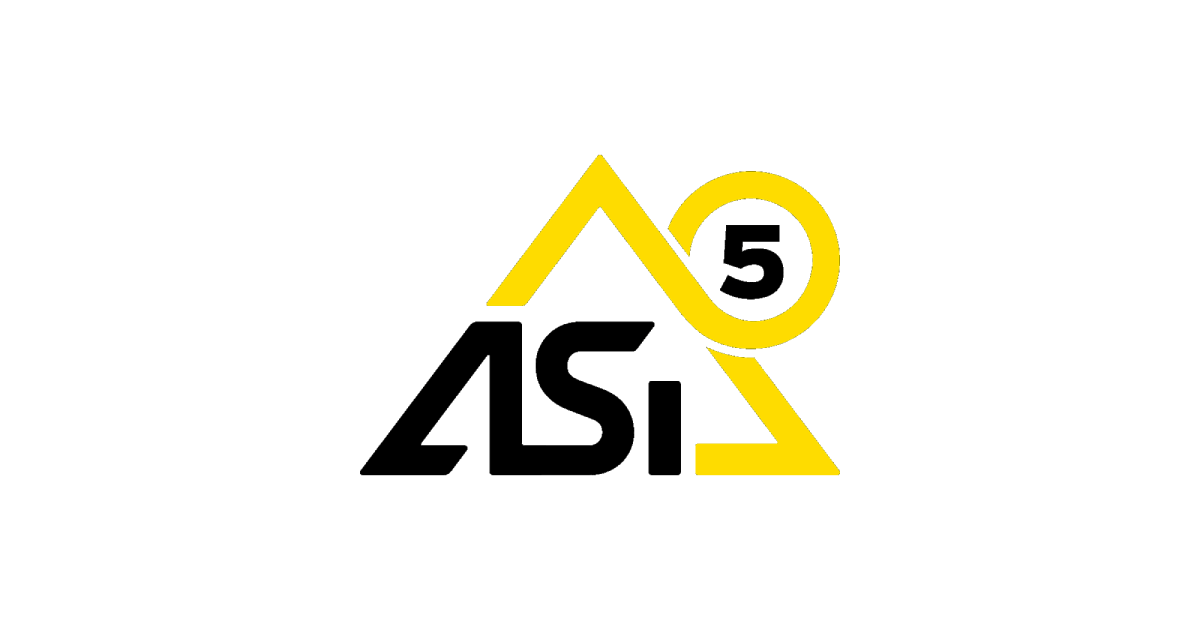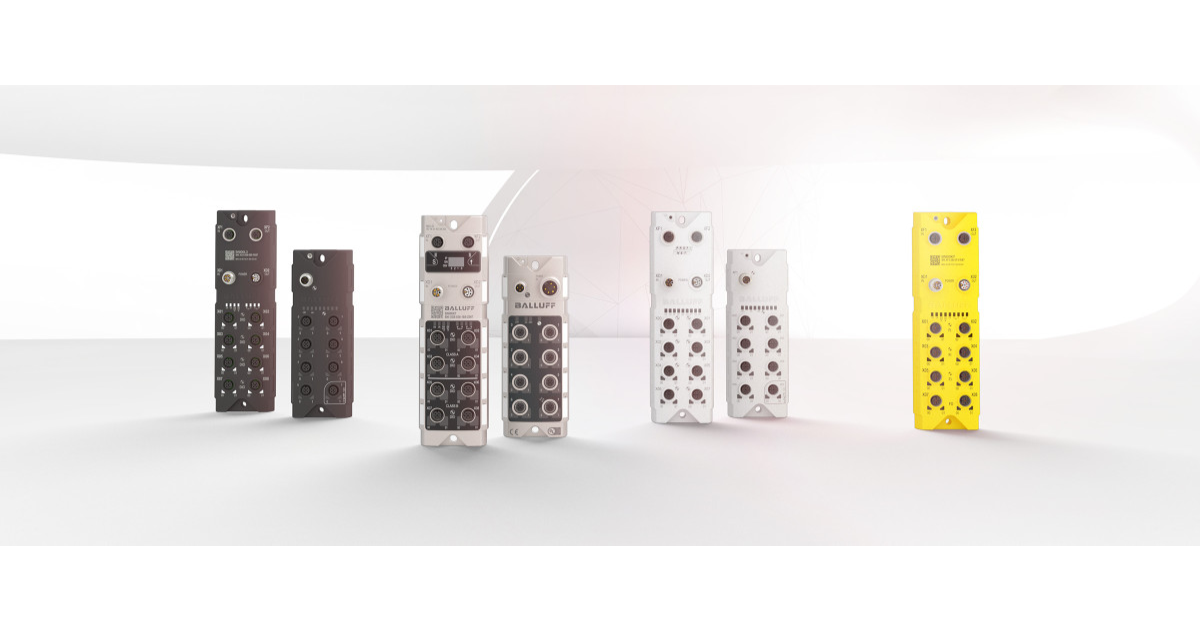Electromagnetic Compatibility and Why It’s Important for Enclosures
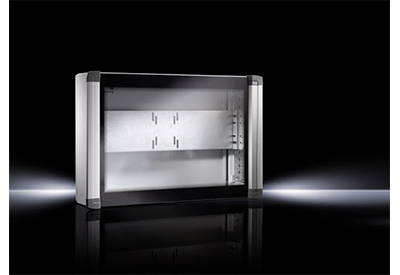
May 20, 2021
Any positive, productive relationship — be it personal or professional — depends largely on how well two or more parties get along with each other and their surrounding environment. Whether it’s a basketball team, a marriage, or even the electrical components contained within an industry enclosure, the ability to co-exist without disruption results in optimal operating efficiency and safety.
Enter electromagnetic compatibility (EMC), or the ability of electrical appliances to operate efficiently in an environment without adversely impacting said environment or other electronic players also operating in that same space.
Electromagnetic compatibility is especially of great concern in today’s industrial and manufacturing verticals where increased densities inside enclosures and enhanced signal processing speeds can more readily cause faults in the communication, monitoring, data processing, and overall operations of critical electronic frameworks.
To truly understand the importance of these principles when considering industrial enclosures and their relationship to the spaces in which they function, let’s take a closer look at electromagnetic compatibility, its associated elements, and the importance of these concepts for companies.
Electromagnetic influence vs. electromagnetic interference
To fully realize the critical nature of electromagnetic compatibility, we must first understand the relationship between forces external to the enclosure and the enclosure itself:
- – Electromagnetic influence is the effect or impact of electromagnetic factors (such as the breadth of the electromagnetic field and other environmental elements) on circuits, appliances, and natural organisms (animals and humans).
- – Electromagnetic interference (EMI) refers to combinations of electromagnetic factors that can cause faults, disruptions, or breakdowns in electronics within industrial enclosures. Prolonged instances of EMI can significantly degrade or reduce the functionality and lifespan of such electronics as an IT rack, and in extreme cases can result in complete loss of data transfer and processing, as is commonplace with edge computing systems.
The severity and the duration of EMI on electronics such as IT racks or other circuit-based components directly impacts the level of difficulty industrial manufacturing companies encounter. Aside from data transfer complications and long-term reliability issues stemming from prolonged EMI, additional complications can include:
- – Equipment and/or holistic production downtime
- – Measurement and/or data gathering errors often resulting in faulty production, specifically with high-levels of process automation
- – Increased likelihood of electrical overstress, which reduces production efficiency and can snowball to negatively impact other connected devices or systems
Properly designed and installed industrial enclosures can not only significantly reduce instances of EMI but can also help reduce any long-term difficulties associated with each kind of EMI occurrence.
{videobox}GjXXk37TEgs{/videobox}
Internal vs. External EMI
Part of what makes EMI such a critical issue for industrial enclosures is that there are multiple kinds of EMI to safeguard against — metaphorically speaking, the storm is never coming from the exact same direction. The two avenues for EMI to occur are internal source interference and external source interference.
Internal source interference is an electromagnetic occurrence that is created artificially via the combination of electronics or other technical aspects of a given environment or space. External source interference stems from natural elements such as lightning strikes, climate shifts, or other interactions with the physical world.
When it comes to electronics and industrial enclosures, the primary concern is internal source interference, as that is more easily controlled between the two — at least in environments where climate concerns can be somewhat or totally mitigated.
However, with internal source interference, an important distinction must be made between moments of internal interference that are purposefully created (simply operating a device with a circuit) and those that are accidentally created (instances of spark discharges between switchgears or magnetic fields surrounding heavy currents or voltage loads).
Forms of interference
Now that we understand the difference between internal and external interference, we can better understand the common forms or manifestations these interferences can take, particularly in low-voltage contexts, which is most applicable to industrial enclosures.
Interference may take the form of voltages, currents, electrical, magnetic and, electromagnetic fields, which may either occur continuously, periodically, or randomly in pulse shapes. In low-voltage networks, which is our primary concern with enclosures, the following principles are key in decoding the form of interference you’re dealing with and combating it:
- – The most interference-intensive temporary events are caused by the switching of inductive loads, e.g. power tools, household electrical appliances, or fluorescent lamps.
- – The most dangerous over-voltages (according to level, duration, and power content) are caused by deactivating fuses in the event of a short-circuit (of which durations can be as small as milliseconds in time).
![]()
https://blog.rittal.us/electromagnetic-compatibility-and-why-is-it-important-for-enclosures

